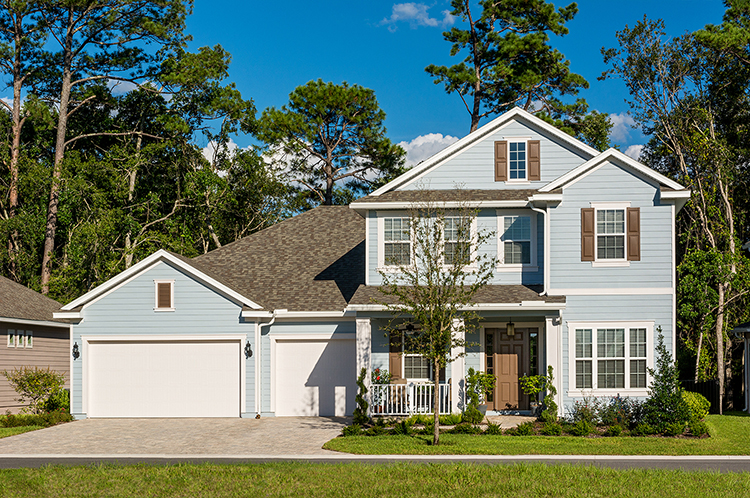Next week we are moving out of our current house! A bittersweet moment, I am dreading moving day. But in our industry, moving is a necessary evil if we want people to move into the homes we design and build. I find the challenge and trauma of moving relevant to all housing – but especially rental housing and 55+ buyers.
Indeed, moving has been known to prevent people from buying new homes. Such was the case of our 55+ neighbors who had found the perfect home after months of shopping. But at the last moment, they declined to go forward with the purchase. The thought of moving was too big of a hurdle for them!
Rental properties have multiple moves over their lifespan – often by uncaring, under-qualified movers leaving bumps and bruises along the walls or worse.
Since it is a key aspect of our industry, I thought it might warrant some thoughts.
Are our houses designed to make moving easier?
Let’s start with door sizes. Of course, we need a 3’ wide front entry door. That is a given. But if there is a sliding glass door with an accessible path – the challenge of moving large pieces of furniture just got easier.
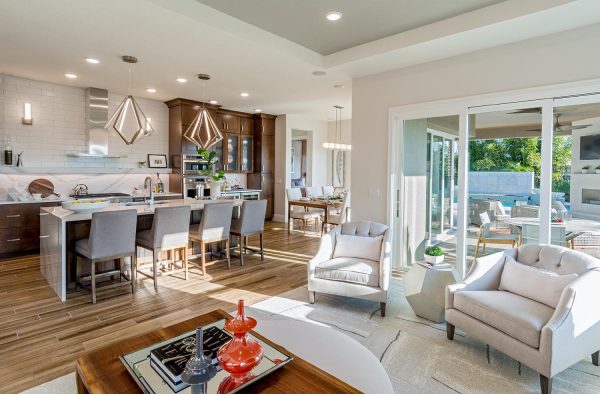
Once inside, consider 2’-8” wide doors. If not into every room, at least the primary bedroom where the largest bedroom furniture is going. Even with the larger door, it took some circus-like maneuvers to move an armchair into our bedroom.
stairs
It is important to consider many factors including the width of the stairs, the room at both the top and bottom on the stairs, stair configuration, and in the case of rental housing, what the stair sides are made of.
Let’s start with the width. Three feet is the minimum, but not advised. My minimum is 3’-4” with 42” preferred. The larger the house, the wider the stairs should be. One production builder puts 4’ wide stairs in all their high-end series of homes. Looks luxurious and great for moving!
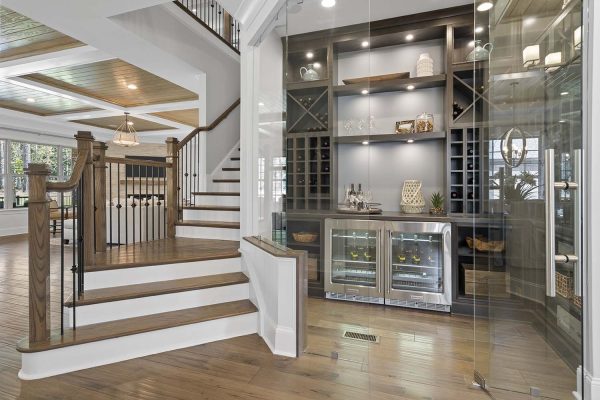
When my daughter and her husband moved into their first New York City apartment, they were unable to get their sofa up the stairs to their third floor flat. Not only were the stairs narrow but they also had a winder at the top and a low ceiling. They literally gave the couch away that day. Then they bought a used couch on Craig’s List while they had use of their U-Haul truck. I’m sure many wouldn’t be that flexible when it comes to their furniture.
Stairs twists and turns are not furniture friendly. Room at the top and the bottom of the stairs is important to be able to turn large pieces of furniture. Perhaps you remember the Friend’s episode when Ross, Rachel, and Chandler attempted to “pivot” a large sofa up the stairs.
The more turns, the more the challenge. A straight run stair is the easiest, followed by a switch back stair (turning 180 degrees) whose landing is double the width of the stairs. Ninety degree turns and winders add complexity.
Having low walls or handrails along the stairs allows for furniture to be turned above the stair rail. Full height walls along both sides of the stairs with a turn is almost impossible. Of course, half walls are more durable than delicate handrails which is important when dealing with a rental property which has frequent move-in and move-out events – often with brother-in-law movers.
Lastly, what’s at the top of the stairs matters. If the primary suite is upstairs, locate it near the top of the stairs. The last thing you want is for under qualified movers to take a giant heavy dresser around multiple corners to get into the bedroom.
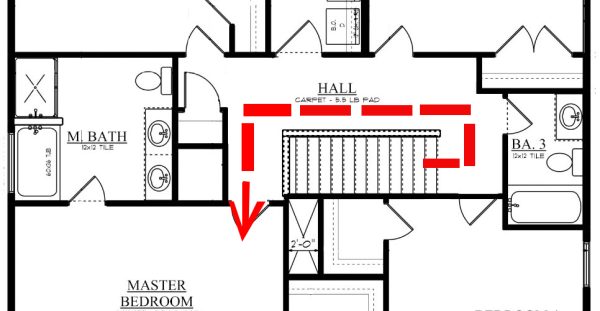
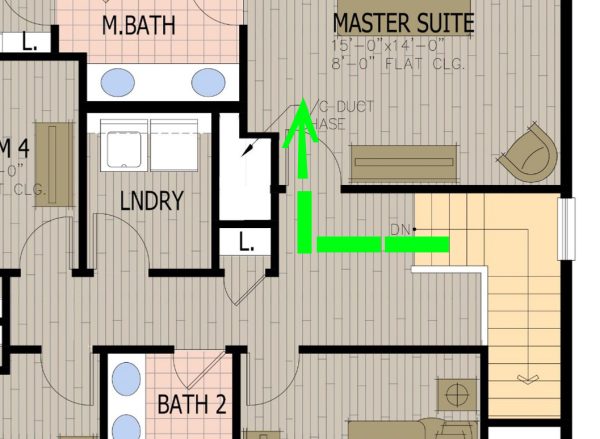
What else makes moving easier?
Here are the non-architectural things that could make moving easier.
- Hire a mover (duh)
- Declutter (which we did prior to putting our house on the market)
- Declutter again. Don’t pay to move stuff you don’t really need.
- Have a plan for what goes where. Not just the furniture but also what goes in closets and cabinets.
- Have a floor plan of the new residence with each room labeled and be consistent with the room names. (which is bedroom 2 & 3, etc.)
- Have more boxes than you think you will need!
What did I miss from this list? I might tell you after the week is over.
Don’t tell the daunting task of moving deter buyers from living in a better place like my neighbors. Let’s all rally around this challenge and offer solutions.
Categorized in: Uncategorized
This post was written by Housing Design Matters


